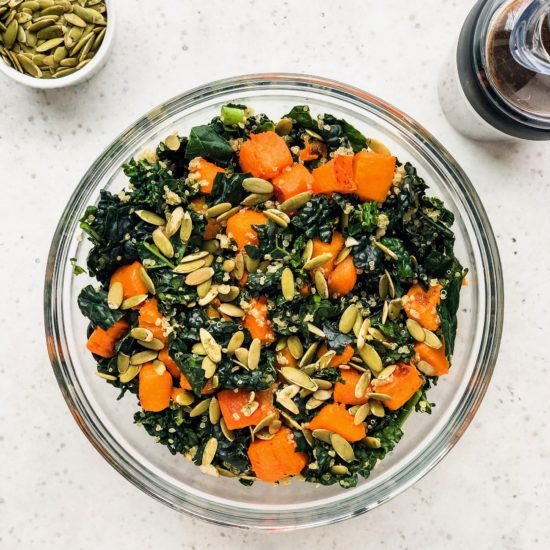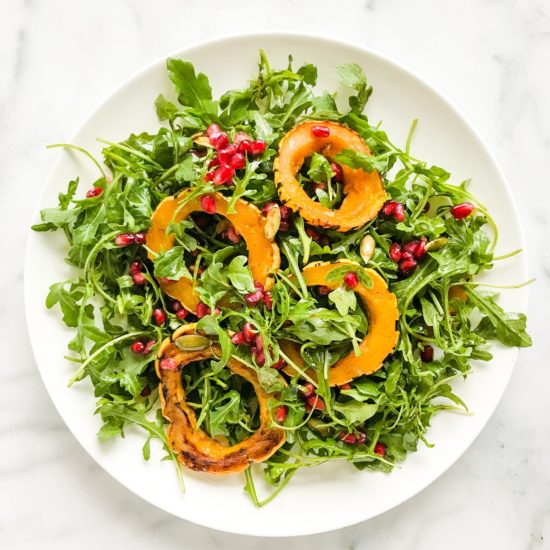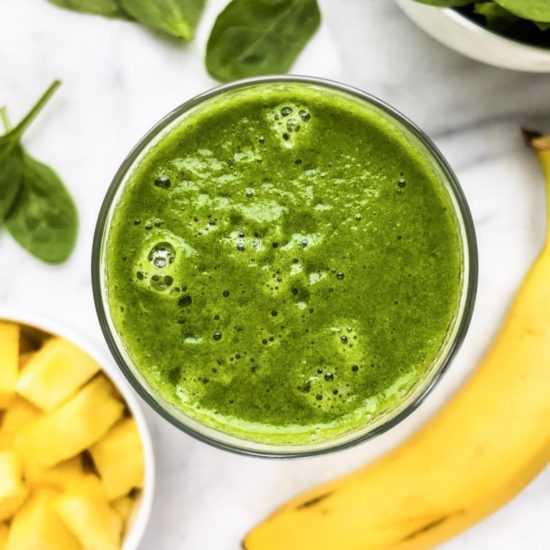Green. The color of money and a symbol of wealth. You’ve got George on the one dollar bill, Abe on the five, and good ol’ Ben Franklin on the hundred. I don’t know about you, but I’d rather pull in a Benjamin than a George because, well, it’s worth more (duh, right?).
Today, we’re going to talk about how money is like produce.
Yup. Cash money is just like produce.
Green money is like green produce, to be more specific.
Just like each dollar bill has a different worth, each leafy green that you see as you meander through the produce section has a different worth. A good, basic rule of thumb is that the darker the green, the more nutritious it will be for your body.
So, if you’re wondering, “what are the best greens to eat?” then you’re in the right place. We’re going to run through the top six leafy greens to include in your diet along with the why’s and the how-to’s.
Microgreens
Portion: 1 cup
Calories: 40
Carbs: 8g
Protein: 8g
Vitamins: C (immune support), K (healthy blood), E (cell protection)
I bet ya thought we were gonna say kale, didn’t ya? Although kale is a close second, microgreens are packed powerhouses equipped and ready to work for you. Microgreens are the underdeveloped version of kale, arugula, basil, broccoli, etc, and just like any little baby, they need lots of vitamins, minerals, and good nutrients to help them grow. When you load up on microgreens, you’re doing your body a kind favor. The easiest way to get these into your diet is by mixing them into a salad, topping off a creamy bowl of soup, or stacking them into your sandwich-yum!
Kale
Portion: 1 cup
Calories: 7
Carbs: 6g
Protein: .86g
Vitamins: C (immune support), K (healthy blood), A (eyesight)
Kale became trendy a few years ago, but this is one of those fads we don’t want to fade. Kale is rich in vitamins C, K, E, and A, but even more, it’s also high in fiber which makes it a pleasant passerby for our digestive system. Lots of people find kale difficult to stomach and that’s fair. The majority of us can’t just rinse, chop, and chomp on this hearty green, so the best way to prepare it is by giving it a little love before consuming. That’s right, you want to massage your kale so that it becomes softer and exponentially more tolerable. Take about a ½ tbsp of olive oil + a squeeze of lemon (and a pinch of salt, if you’d like) and throw it in a bowl with your bundle of kale. Give it a nice 2-3 minute massage until you see it start to glisten. Then ta’da! You’ve got already dressed kale salad and you can add whatever extras (like pomegranate seeds, goat cheese, and sunflower seeds) to it that you want!

Spinach
Portion: 1 cup
Calories: 40
Carbs: 8g
Protein: 8g
Vitamins: C (immune support), K (healthy blood), E (cell protection)
Popeye was a strong and confident guy-let’s all be more like Popeye. Once you understand how vitamin-rich spinach is, you can’t deny that he was onto something! Spinach is low in calories and high in vitamins, which makes it a great green for those who are trying to manage their blood sugar levels or who are on a low carb diet. Spinach is great for salads and sometimes even more tasty when paired with warm grains, roasted root veggies, or sauteed mushrooms and parmesan! Pairing this leafy green with a warm counterpart will soften the leaves, making it more pleasant to eat.
Collard Greens
Portion: 1 cup
Calories: 11
Carbs: 2g
Protein: 1.1g
Vitamins: K (healthy blood), B (nerve and blood health), A (eyesight)

Now we’re getting into less familiar territory for most. Those big, elephant ear-like leafy greens are collards-and they are yummy! But not until they’re cooked! Collard greens are packed with vitamins K, C, and beta-carotene and contain even more fiber than our former favorite, kale. This is good news for our digestive system and our heart health. If you’re not sure what to do with these leafy greens, try adding them to a homemade soup or curry. They will soften with the stock and take on flavor like a champ.
Swiss Chard
Portion: 1 cup
Calories: 7
Carbs: 1.5g
Protein: .5g
Vitamins: C (immune support), K (healthy blood), A (eyesight)
Oh boy, there are lots of fabulous things we can say about swiss chard, but maybe nothing more fabulous than that it has the most beautiful, vibrant color. Buying a bundle of swiss chard is similar to buying a bouquet of flowers at the farmers market if you ask me. The benefits you reap from swiss chard are similar to our other leafy greens, but the added visual appeal makes it pretty special. You can eat swiss chard raw or cooked (when you cook it, it will become a little more bitter than its raw state). Toss it into soups and salads or, my personal favorite, use it as a wrap for veggie rolls and lettuce wraps!
Arugula
Portion: 1 cup
Calories: 5
Carbs: .7g
Protein: .5g
Vitamins: C (immune support), K (healthy blood), A (eyesight)
Oh, Arugula! Our slightly bitter best friend…Arugula can seem a little bitter to some, but its best known for its “peppery” flavor. Unlike spinach, which contains oxalates that keep you from absorbing its calcium, arugula is a great way to get some extra calcium in if you’re not a meat eater or milk drinker. It’s also extremely low in calories, which makes it an attractive option for anyone watching their calorie count. You can mix arugula in with an assortment of other greens or make it into a salad on its own. It’s also a great topper for open-face, toasted sandwiches (drool).

And there you have it, folks! These are our favorite leafy greens because they’re “worth” every bite! Any green is better than no green at all, but when you have the option, choose what you know will nourish and fuel your body. These six leafy greens will keep you feeling full longer and give you the functional support your body needs.

Emily Kolberg is a certified holistic health coach and the creator of Happy Healthy PNW. She coaches women who are hungry to take action and improve their health by focusing on nutrition, movement, and mindfulness. Being raised in the Midwest and spending the majority of adulthood in Los Angeles, Emily has lived with and completely understands the temptations of everyday life. Once a sleep-deprived sugar addict, she has learned how to curb cravings, balance the plate, and gain new energy that blows straight through the 3 o’clock slump. She believes that improving your health should be a rewarding process, not restrictive calorie counting because, hey, who likes counting anyway?



